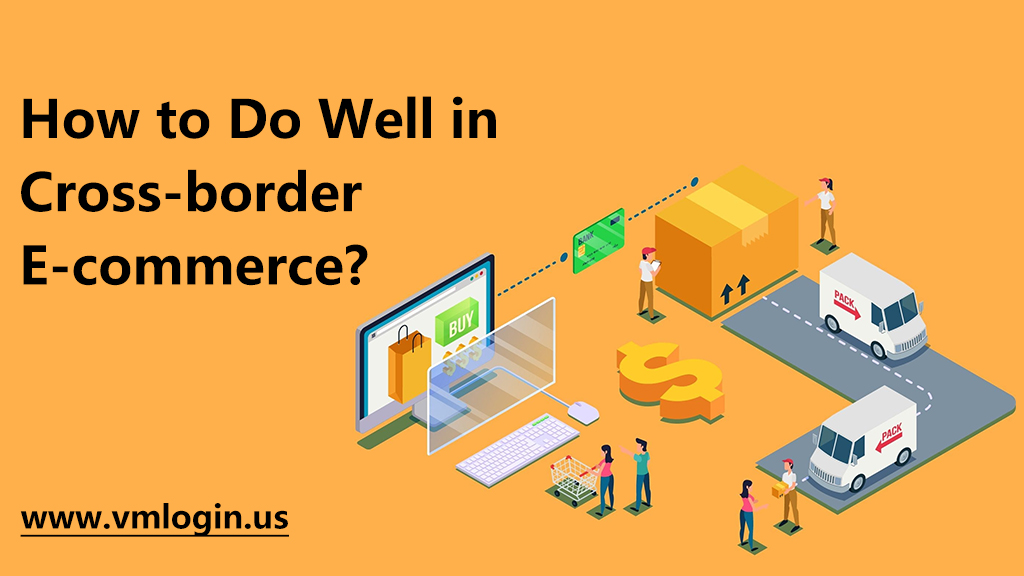In the current globalized economic environment, cross-border e-commerce has become an industry with great potential for growth. Whether as consumers or entrepreneurs, we can achieve more convenient and diversified international trade activities through cross-border e-commerce.
Advantages of Cross-border E-commerce:
People who have an advantage in doing cross-border e-commerce usually have the following characteristics:
1. Fluent English communication skills.
2. An in-depth understanding of different markets.
3. Experience in e-commerce operations.
4. Good interpersonal network.
How to Do Well in Cross-border E-commerce:
There are some challenges with cross-border e-commerce. Therefore, if you want to do well in cross-border e-commerce, you need to do the following:
1. Understand the target market:
It is important to understand the target market’s culture, language, consumption habits, and laws and regulations. Develop a more targeted marketing strategy and better meet the needs of local consumers in terms of product selection, price positioning, and service.
2. Choose the appropriate e-commerce platform:
Different e-commerce platforms have different adaptations for different products and target markets. Therefore, when choosing an e-commerce platform, you need to consider factors such as the platform’s user base, traffic, and sales channels. For example Amazon, eBay, Wish, Etsy, Walmarts, etc.
3. Provide high-quality products and services:
In cross-border e-commerce, providing high-quality products and services is one of the keys to success. There is a need to ensure that the quality of products meets local standards and that clear product descriptions and after-sales services are provided. It is also necessary to ensure quick responses to consumers’ questions and feedback to build consolid customer relationships.
4. Establish reliable logistics channels:
The success of cross-border e-commerce also depends on the reliability of logistics channels. Reliable logistics partners need to be selected and clear logistics information provided so that consumers can track and receive goods in a timely manner.
5. Marketing strategy:
Choose appropriate marketing channels according to different target markets and product characteristics, including social media, advertising, and word-of-mouth communication. In addition, local promotions and festivals also need to be considered.
6. Use of reliable anti-detect tools:
If you choose to do cross-border e-commerce and want to do it well, it is inevitable to operate the store in batches. The major e-commerce platforms are limited to multiple accounts operating stores, it is time to use auxiliary tools, we can use the anti-detect fingerprint browser.
VMLogin browser can be one device to log in to multiple accounts of multiple platforms, to achieve batch management of multiple stores. Teams can manage and operate an account together by simply sharing profiles between them, and do so in a secure environment, reducing a lot of hassle. The automation function of the browser also simplifies repetitive operations.
In addition, retail price comparison can be done through VMLogin, and by comparing prices, you can avoid account blocking or the appearance of being scammed. There are many other features of the anti-detect browser, all of which are useful for cross-border e-commerce.
Conclusion
Cross-border e-commerce is a field full of opportunities and challenges, which requires us to work hard on product quality, logistics channels, marketing strategies, and customer service, choose safe auxiliary tools, and also seriously consider how to reasonably comply with the laws and regulations of each country. Only in this way can we truly achieve the sustainable development of cross-border e-commerce.


